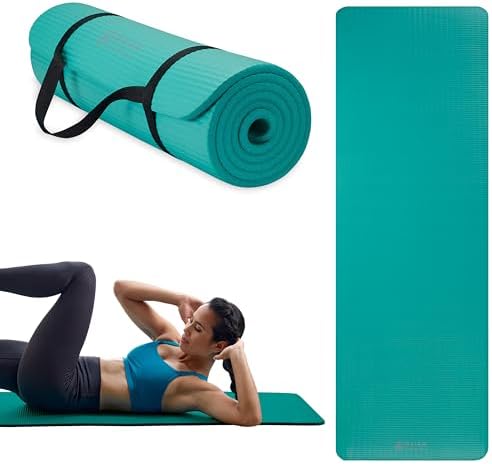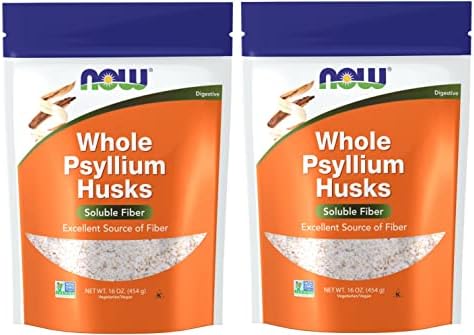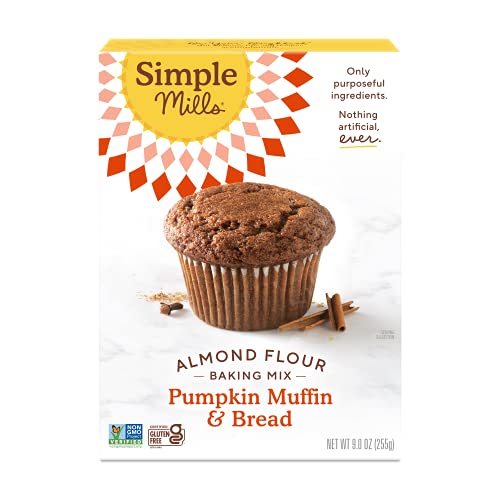Keto Diet and Bread: Savor Delicious Low-Carb Alternatives – Top 5 Grain-Free Options for 2025
This post may contain affiliate links. If you purchase through these links, I may earn a small commission at no extra cost to you. LEARN MORE.
Missing the joy of bread while following a ketogenic diet? The search for satisfying bread alternatives has led to innovative solutions that maintain the pleasure of bread without compromising ketosis.
From cloud bread made with whipped egg whites and cream cheese to nutrient-rich alternatives crafted from seeds and nuts, these low-carb options offer the familiar comfort of traditional bread while keeping carbohydrates in check.
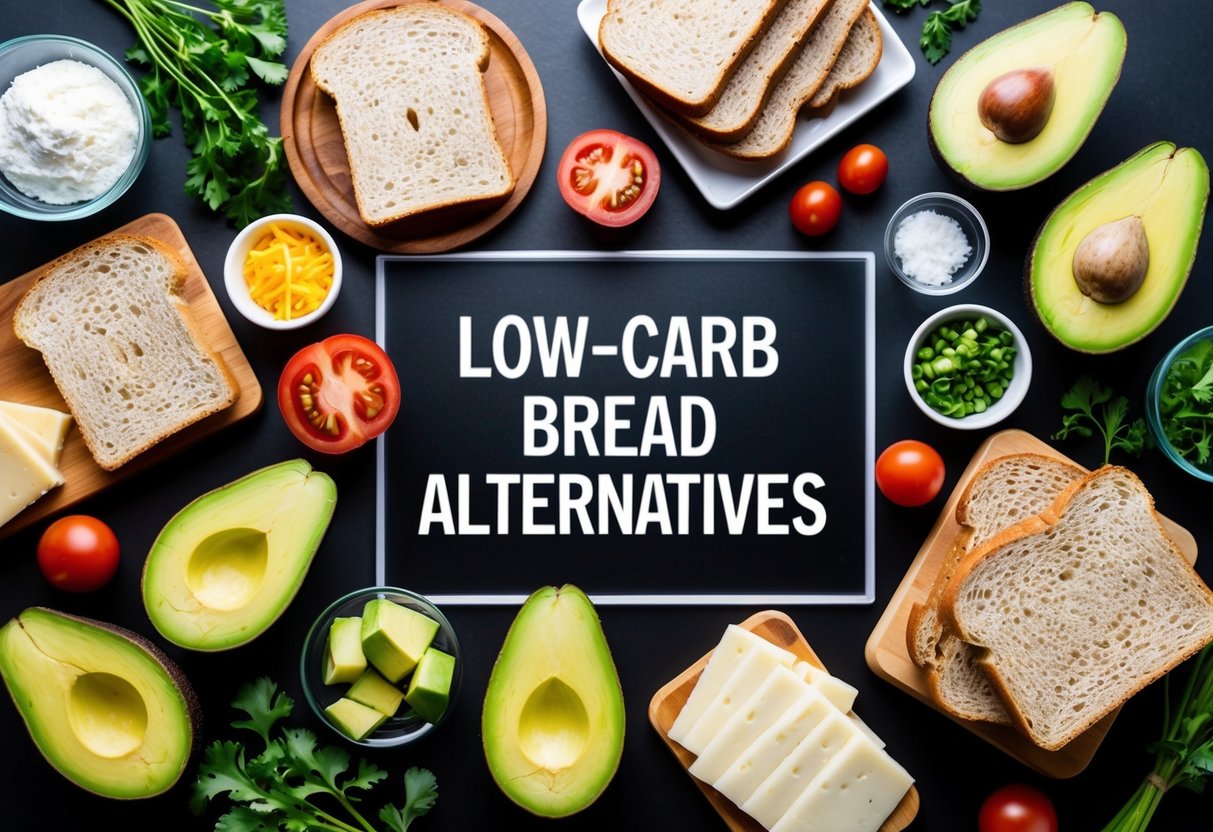
These keto-friendly bread substitutes do more than just replace conventional bread. Many options pack additional nutritional benefits, including omega-3 fatty acids from flaxseeds and fiber from cauliflower-based recipes.
The versatility of these alternatives allows for everything from sandwiches to toast, making the transition to a low-carb lifestyle more manageable.
New to keto? Start with our Custom Keto Diet Explained for Beginners guide.
Key Takeaways
- Low-carb bread alternative likes cloud bread provide satisfying options while maintaining ketosis
- Keto-friendly breads often contain additional nutritional benefits from ingredients like seeds, nuts, and vegetables
- These bread substitutes can be used in multiple ways, from sandwich bases to toast, supporting a sustainable low-carb lifestyle
Understanding the Keto Diet and Its Impact on Bread
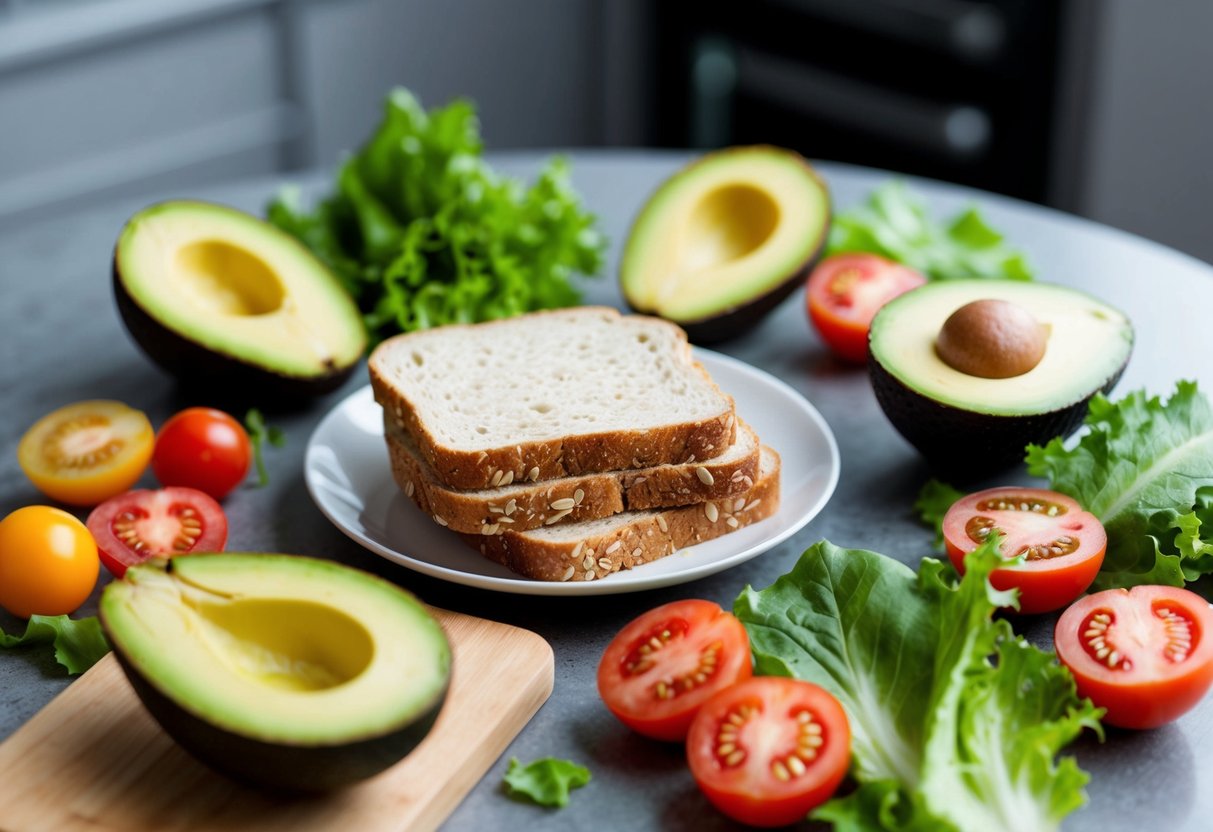
The ketogenic diet fundamentally changes how the body processes food for energy, making traditional bread incompatible with its principles. This metabolic shift requires careful attention to carbohydrate intake and prioritizes specific food choices.
Principles of Ketosis and a Low-Carb Lifestyle
A ketogenic diet restricts carbohydrate intake to 20-50 grams per day, forcing the body to enter ketosis. During this state, the body burns fat instead of glucose for energy.
The diet requires 70-80% of calories from healthy fats, 20-25% from protein, and 5-10% from carbohydrates.
Common ketogenic food choices include:
- Meats and fatty fish
- Eggs and dairy
- Nuts and seeds
- Low-carb vegetables
- Healthy oils (olive, coconut, avocado)
Learn the fundamentals in our Keto Diet for Beginners article to kick-start your keto journey now.
Why Traditional Bread Is Unsuitable for Keto
Regular bread contains excessive carbohydrates that quickly disrupt ketosis. A single slice of white bread contains 14-15 grams of carbs, using up most of the daily carb allowance.
Traditional bread ingredients pose specific problems:
- Wheat flour spikes blood sugar
- Each slice contains minimal nutritional value
- Starch converts to glucose rapidly
The body processes bread’s carbohydrates into glucose, triggering insulin release and halting fat burning. This metabolic response directly conflicts with the ketogenic state’s goals.
Managing Bread Cravings on Keto
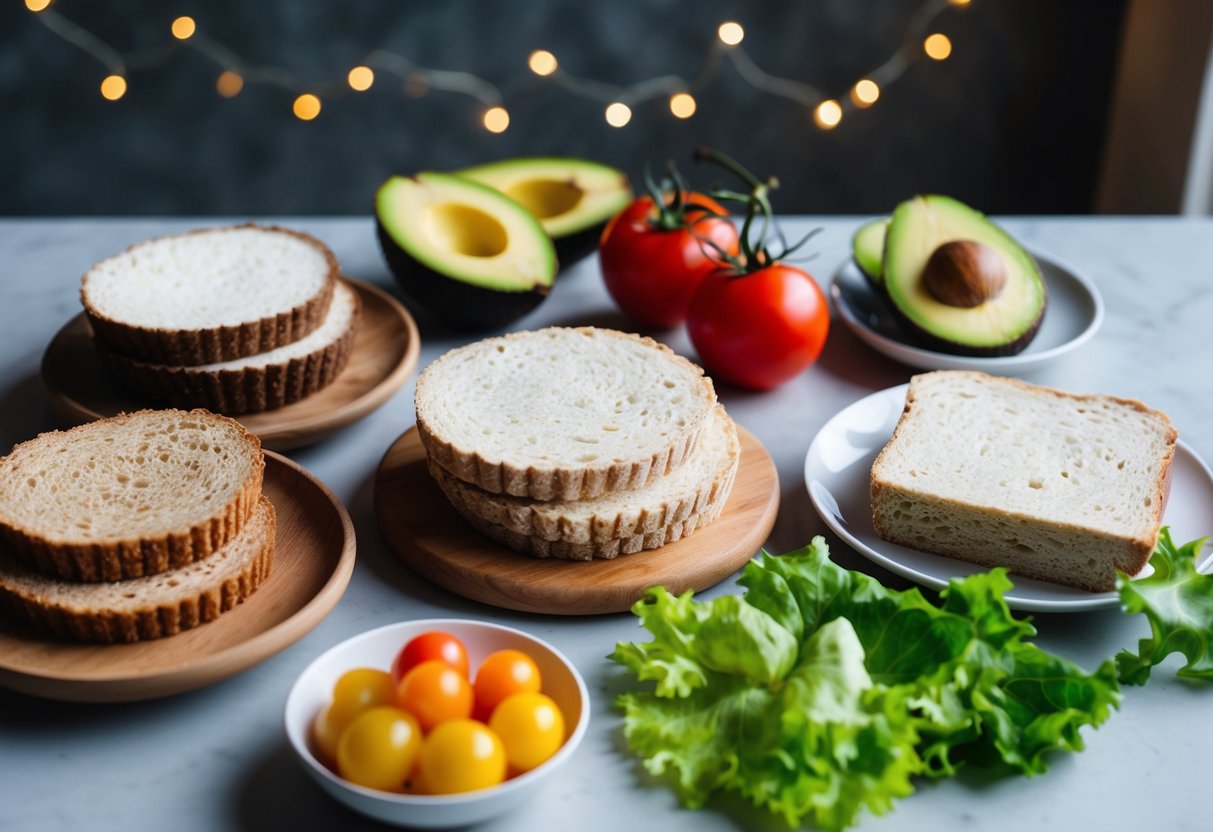
Breaking free from bread cravings requires strategic approaches and mindful eating practices. Physical and psychological adaptations help create sustainable success on a ketogenic lifestyle.
Strategies to Combat Cravings
Drinking water between meals helps reduce sudden bread cravings. A glass of water with electrolytes can satisfy the body’s needs that might be mistaken for carb cravings.
Planning meals in advance prevents impulsive eating choices. Keep keto-friendly snacks like nuts, cheese, or pre-made low-carb bread alternatives readily available.
Key Physical Strategies:
- Increase healthy fat intake through avocados, nuts, and olive oil
- Maintain adequate protein levels
- Get 7-8 hours of quality sleep
- Exercise regularly to regulate hunger hormones
Find more on managing cravings in our Keto Diet for Mental Health post.
Tips for Mindful Eating and Keto Adaptation
Track food intake using a journal or app to identify craving patterns. This awareness helps distinguish between genuine hunger and emotional eating triggers.
Focus on the texture and flavors of keto-friendly foods. Chew slowly and savor each bite to enhance meal satisfaction.
Mindful Practices:
- Take deep breaths before meals
- Eat without distractions
- Stop eating when satisfied, not full
- Replace bread rituals with new habits
Experiment with keto bread recipes made from almond or coconut flour. These alternatives provide familiar textures while supporting ketosis.
Consider stress management techniques like meditation or yoga, as stress often triggers carb cravings.
Try out theses tools from Amazon to assist you on your keto journey.
Discovering Keto-Friendly Bread Alternatives
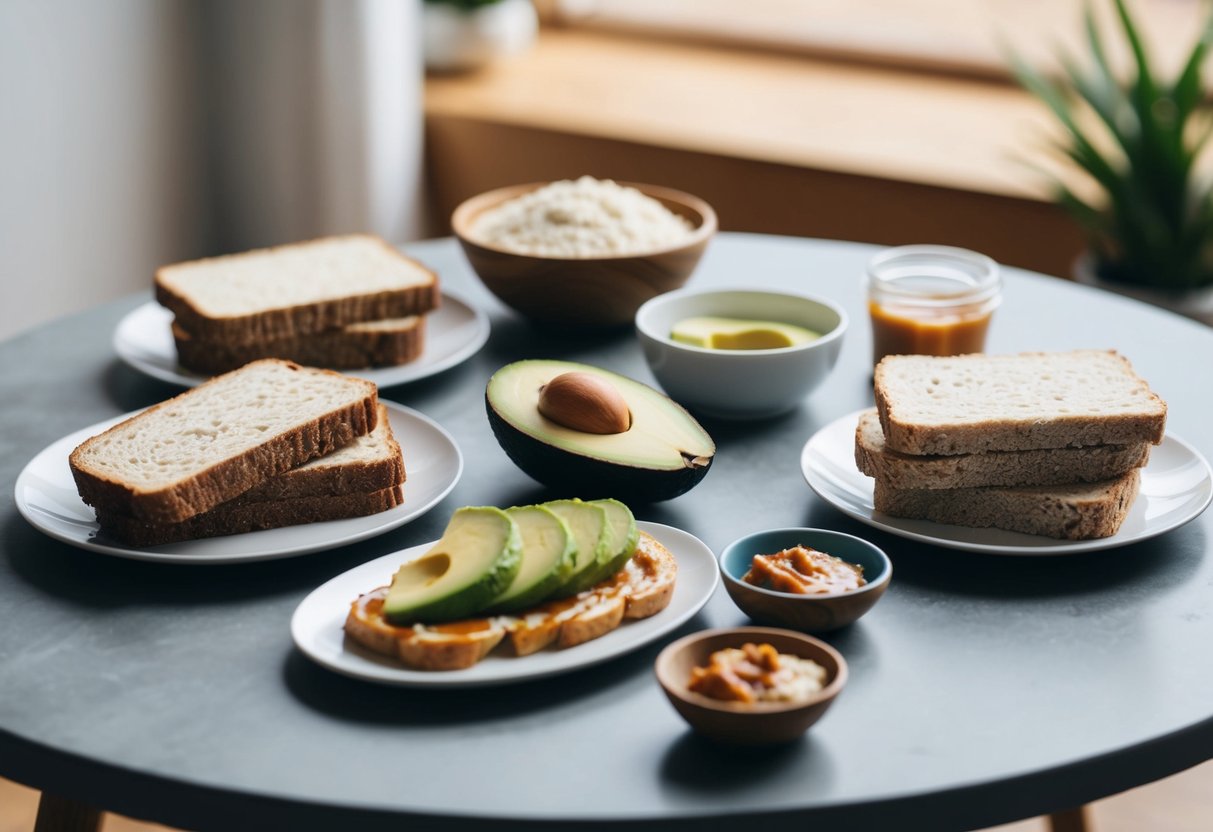
Keto-friendly bread alternatives provide essential solutions for maintaining a low-carb lifestyle without sacrificing the comfort of traditional bread products. Modern innovations in ingredients and baking techniques have created numerous options that closely mimic conventional bread’s taste and texture.
Nutritious Low-Carb Ingredients
Almond flour stands as a primary ingredient in keto bread making, offering a protein-rich base with only 3 grams of net carbs per quarter cup. This versatile flour creates tender, moist bread products with a subtle nutty flavor.
Coconut flour provides another excellent foundation, containing high fiber content and requiring fewer calories than traditional wheat flour. Its unique properties mean recipes typically need additional moisture and eggs.
Flaxseed meal adds essential omega-3 fatty acids and fiber while helping to bind ingredients together. One tablespoon contains less than 1 gram of net carbs.
Common Keto Bread Ingredients:
- Psyllium husk powder
- Xanthan gum
- Eggs
- Seeds (chia, sunflower, pumpkin)
Try our favorite keto ingredients for your keto baking needs, check out the list from Amazon below.
Exploring Flour Alternatives
Alternative flours create diverse textures and flavors in keto bread recipes. Sunflower seed flour offers a nut-free option with similar properties to almond flour.
Lupin flour brings high protein content and a mild taste that works well in savory bread recipes. Its yellow color adds visual appeal to finished products.
Mixed seed flour combinations provide varied nutritional profiles and create interesting texture variations. These blends often include ground pumpkin seeds, sesame seeds, and chia seeds.
Innovative Solutions: Store-Bought Options and Mixes
Base Culture offers shelf-stable keto bread products with clean ingredients and authentic bread texture. Their products maintain less than 6 grams of net carbs per serving.
Sola bread provides multiple varieties, including sandwich bread and burger buns. These products use a blend of alternative proteins and fibers to achieve a traditional bread texture.
Pre-made mixes simplify the baking process while ensuring consistent results. Many include precisely measured portions of alternative flours and necessary binding agents.
Explore creative recipes in our Keto Recipe Ideas: Delicious Meals for a Low-Carb Lifestyle post.
Highlighting ‘Cloud Bread’ as an Option
Cloud bread consists primarily of eggs, cream cheese, and cream of tartar. This nearly zero-carb option creates light, airy rounds perfect for sandwiches.
The preparation process requires separating eggs and whipping whites until stiff peaks form. Folding in the yolk mixture carefully maintains the desired texture.
Basic Cloud Bread Recipe Ratios:
- 3 eggs, separated
- 3 oz cream cheese
- 1/4 tsp cream of tartar
Storage in an airtight container keeps cloud bread fresh for 3-4 days. Placing parchment paper between layers prevents sticking.
Healthy Substitutions for Traditional Bread
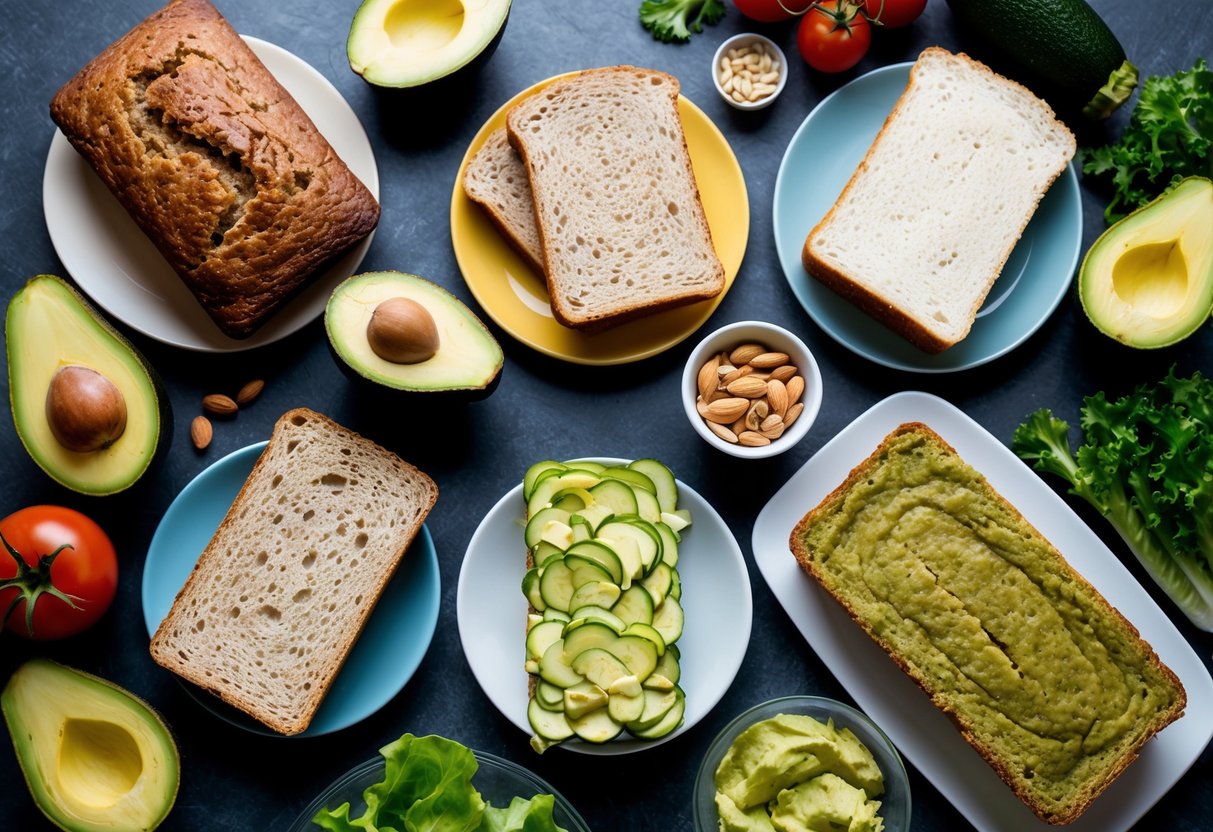
Maintaining ketosis requires creative alternatives to traditional wheat-based breads. These substitutions provide the satisfaction of bread while keeping carbohydrates low.
Vegetable-Based Options
Sturdy vegetables make excellent bread replacements in many dishes. Lettuce leaves provide a crisp wrap for sandwiches and burgers, with romaine and iceberg varieties offering the best structure.
Collard greens create substantial wraps when briefly blanched. Their large, flat leaves hold ingredients securely without breaking.
Portobello mushroom caps serve as hearty buns when grilled or baked. Their meaty texture and rich flavor complement burger patties perfectly.
Eggplant disks, sliced and roasted, function as bread rounds for open-faced sandwiches. Salt and drain them first to remove excess moisture.
Alternative Breads and Wraps
Almond flour bread delivers a nutty taste and bread-like texture with just 2-3g net carbs per slice. Mix with eggs, butter, and baking powder for a basic loaf.
Coconut flour produces light, fluffy bread alternatives. Its high fiber content helps create authentic texture while keeping net carbs minimal.
Nori sheets offer a unique bread substitute for hand-held foods. These mineral-rich seaweed wraps contain virtually no carbs.
Psyllium husk adds crucial structure to keto breads. Combined with nut flours, it creates elastic dough that mimics wheat bread.
Creative Bread Replacements for Sandwiches
Zucchini lasagna sheets replace standard sandwich bread when grilled and cooled. Slice lengthwise, grill until firm, and pat dry before using.
Cloud bread, made from eggs and cream cheese, provides a light, airy alternative to traditional sandwich bread.
Cheese-based wraps offer protein-rich alternatives. Melted cheese cooled into rounds creates pliable wraps that add flavor to any filling.
Cauliflower thins baked with eggs and cheese make sturdy platforms for open-faced sandwiches. Season well to enhance their neutral taste.
Start your keto journey now with Custom Keto Diet to get your personalized meal for 8 weeks.
Baking Your Own Keto Bread
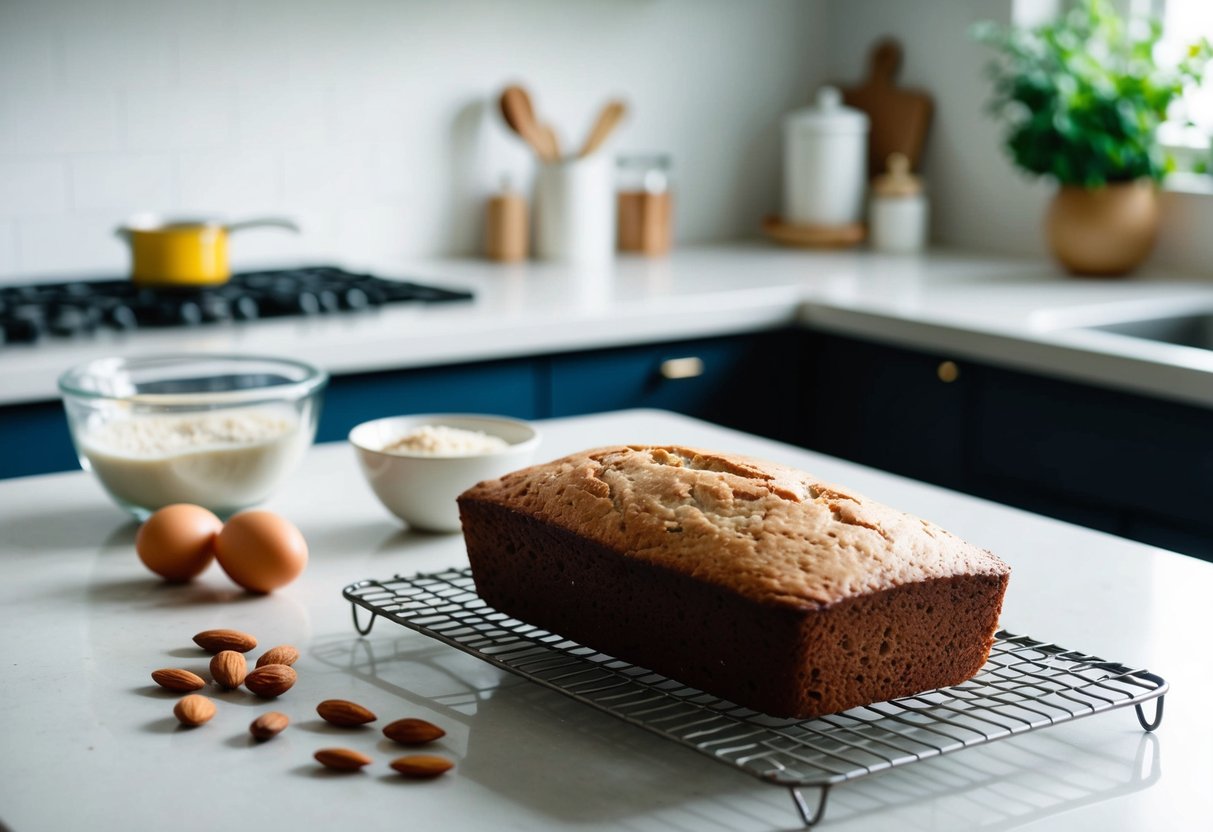
Making keto bread at home lets you control ingredients while saving money compared to store-bought options. The right combination of low-carb flours and binding agents creates a satisfying bread-like texture.
Keto Bread Ingredients and Preparation
The foundation of keto bread starts with alternative flours like almond flour and coconut flour. These provide structure while keeping carbs low.
A typical recipe requires eggs for binding and moisture, plus baking powder or baking soda for rise. Psyllium husk powder adds fiber and improves texture.
Common add-ins include cream cheese, apple cider vinegar, and butter. The vinegar reacts with leavening agents to create air pockets.
Precise measurements matter – even small variations can affect the final texture. Mix dry ingredients thoroughly before combining with wet ingredients.
Let the batter rest 5-10 minutes before baking to allow the psyllium husk to absorb moisture.
Sample Recipes and Ideas for Homemade Keto Bread
Basic Almond Flour Bread:
- 2.5 cups almond flour
- 5 large eggs
- 2 tbsp melted butter
- 1.5 tsp baking powder
- 1/4 tsp salt
This simple recipe works well for sandwiches and toast. Bake at 350°F for 25-30 minutes.
Try adding herbs, garlic powder, or shredded cheese for savory variations. Cinnamon and sugar-free sweetener create a breakfast-style loaf.
Coconut flour bread offers another option, using 1/3 the amount compared to almond flour due to its high absorbency. This creates a lighter, fluffier texture.
Flatbreads and rolls work well with a mix of mozzarella cheese and almond flour – perfect for pizza bases or dinner rolls.
Check out these tools to assist you in your kitchen.
The Impact of Keto Bread on Health and Diet
Keto bread offers significant nutritional benefits through its high-protein, low-carb composition.
The combination of healthy fats and fiber helps maintain stable blood sugar levels while supporting ketosis.
Nutritional Advantages over Traditional Bread
Keto bread contains significantly fewer carbohydrates than conventional bread, typically 2-4 grams per slice compared to 15-20 grams in regular bread. This makes it easier to maintain ketosis while enjoying bread-like foods.
The protein content in keto bread helps promote satiety and muscle maintenance. Most varieties provide 5-7 grams of protein per serving through ingredients like eggs and seed flours.
Many keto breads are naturally gluten-free due to the use of alternative flours like almond and coconut flour. This makes them suitable for people with gluten sensitivities.
Incorporating Healthy Fats and Fibers
Keto bread incorporates essential fats from nutrient-rich sources like coconut oil, avocado oil, and ground flaxseed.
These ingredients provide omega-3 fatty acids and medium-chain triglycerides.
The fiber content comes from ingredients like psyllium husk and flaxseed meal, offering 3-5 grams of fiber per serving. This supports digestive health and helps create a bread-like texture.
Some keto breads use a fermentation process that may improve nutrient absorption. The process can break down anti-nutrients and make minerals more bioavailable.
Learn more about nutritional benefits in our Keto for Longevity guide.
Frequently Asked Questions
Many keto dieters successfully incorporate bread alternatives into their meals while maintaining ketosis through careful ingredient selection and portion control.
What are some popular low-carb alternatives to traditional bread?
Almond flour bread stands as a leading keto-friendly option, containing just 2-3g net carbs per slice.
Coconut flour bread provides another nutritious choice, offering a slightly sweet flavor profile while keeping carbs minimal.
Flaxseed bread delivers high fiber content and healthy omega-3 fatty acids, making it an excellent choice for keto dieters.
Is it possible to have any kind of bread on the keto diet?
Specially formulated keto breads made with low-carb ingredients can fit within the daily carb limit of 50g or less.
Store-bought keto breads must be carefully evaluated, as some contain hidden carbs or ingredients that could affect ketosis.
What are the best bread substitutes for making sandwiches on a keto diet?
90-second microwave bread made with almond flour serves as a quick and reliable sandwich base.
Lettuce wraps offer a zero-carb alternative that works well for cold cuts and salad fillings.
Chaffle bread, made from cheese and eggs, creates a sturdy foundation for heartier sandwiches.
How does ‘cloud bread’ fit into the ketogenic lifestyle?
Cloud bread contains primarily eggs and cream cheese, making it virtually carb-free.
This light, airy alternative works well for open-faced sandwiches and as a bread substitute in many recipes.
Can people with diabetes benefit from low-carb bread options?
Low-carb breads help regulate blood sugar levels due to their reduced carbohydrate content and higher fiber levels.
These alternatives typically cause smaller glucose spikes compared to traditional wheat bread.
What should I look for in bread to ensure it aligns with my keto dietary restrictions?
Check the net carb count, which should be under 3g per slice for optimal keto compatibility.
Examine ingredient lists for hidden sugars or starches that could impact ketosis.
Fiber content should be high, while total carbohydrates remain low to maintain the proper macronutrient ratios.
Conclusion
The ketogenic lifestyle doesn’t require giving up bread entirely.
Many low-carb alternatives enable people to enjoy bread-like products while maintaining ketosis.
Keto-friendly breads made with ingredients like almond flour, coconut flour, and flaxseed provide satisfying alternatives that fit within the diet’s parameters.
These options deliver essential nutrients while keeping carb counts low.
Smart preparation and ingredient selection make it possible to create bread alternatives that complement the keto diet’s requirements.
These substitutes help satisfy cravings without compromising dietary goals.
Regular monitoring of carb intake remains essential, even when consuming keto-friendly bread options.
Each person’s tolerance varies, so adjusting portion sizes helps maintain ketosis effectively.
With proper planning and awareness, bread alternatives can become a sustainable part of the ketogenic eating pattern.
These options support long-term dietary success while preserving the enjoyment of bread-like textures and flavors.
For more creative meal ideas, visit our post on Free Keto Meal Plan for Beginners for easy recipes and tips start your keto journey.
Ready to savor low-carb bread alternatives? Discover our Custom Keto Diet now and unlock delicious keto recipes today




